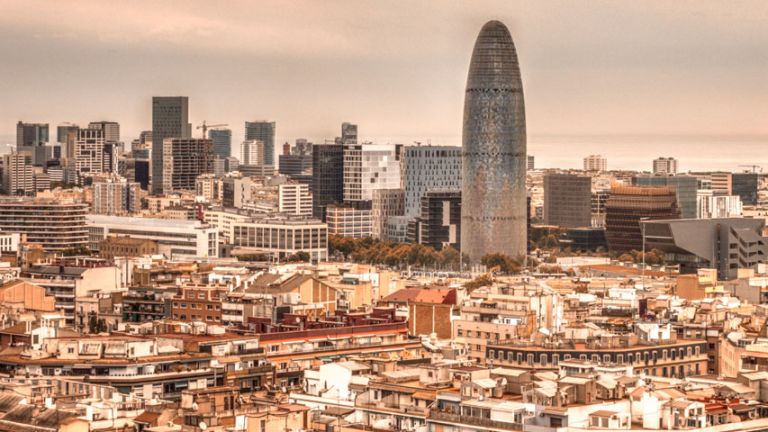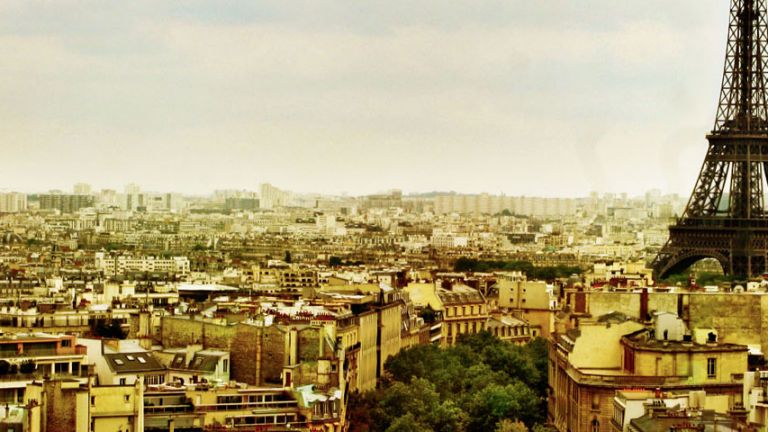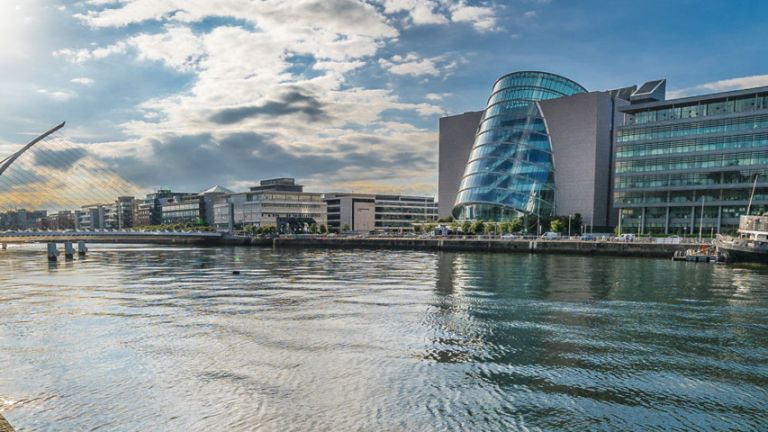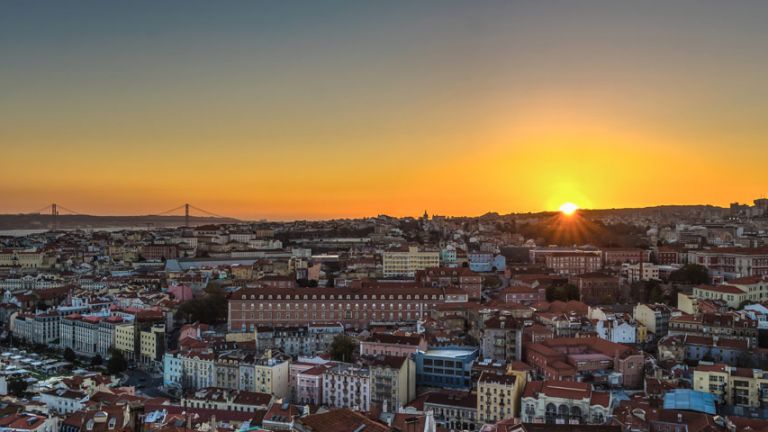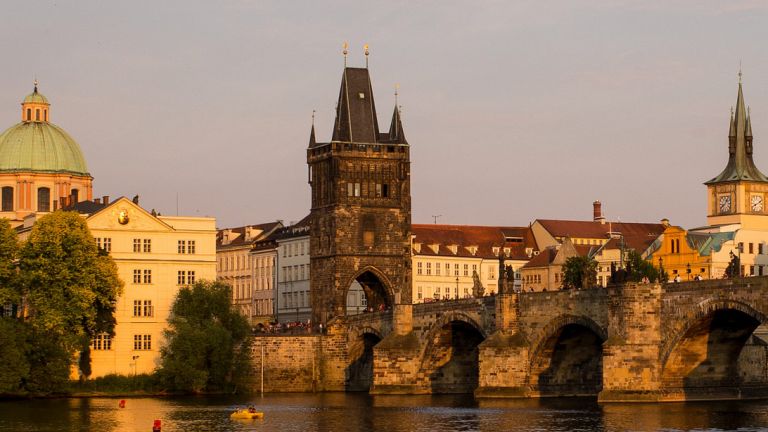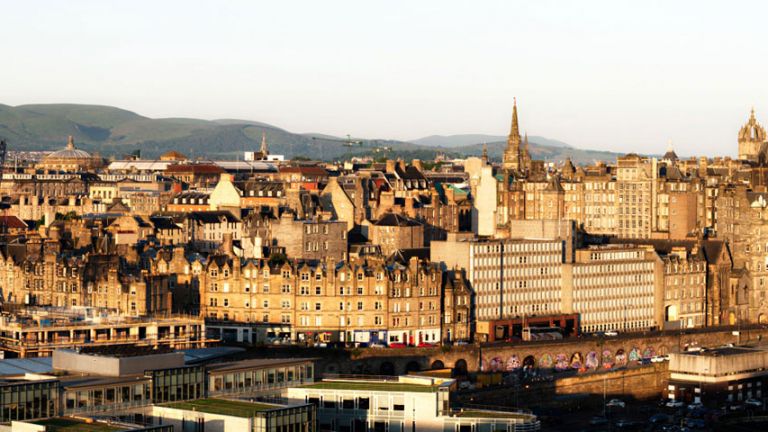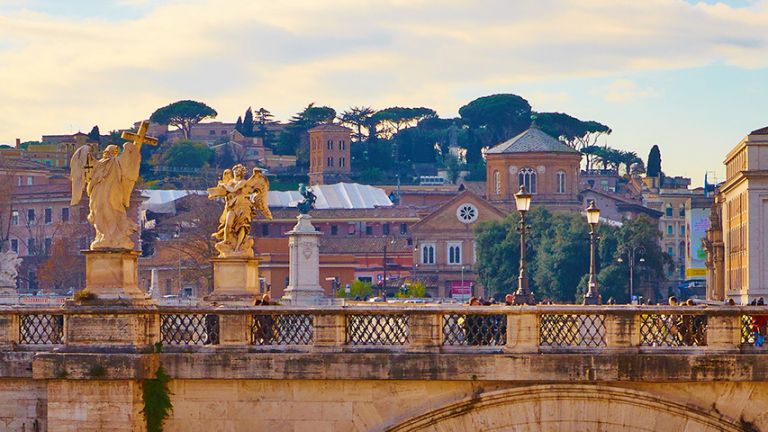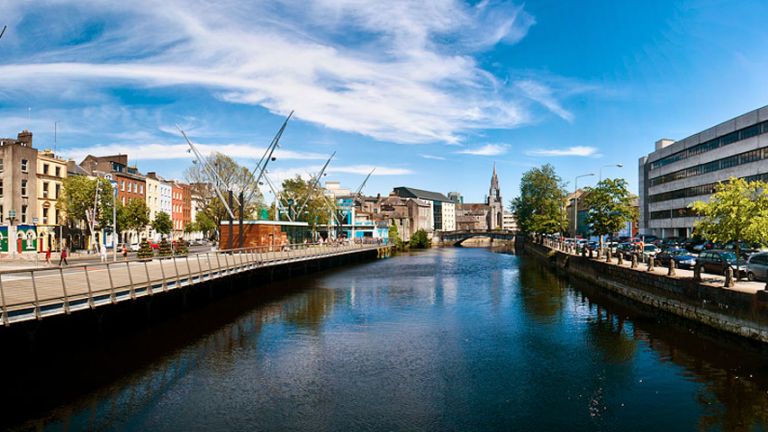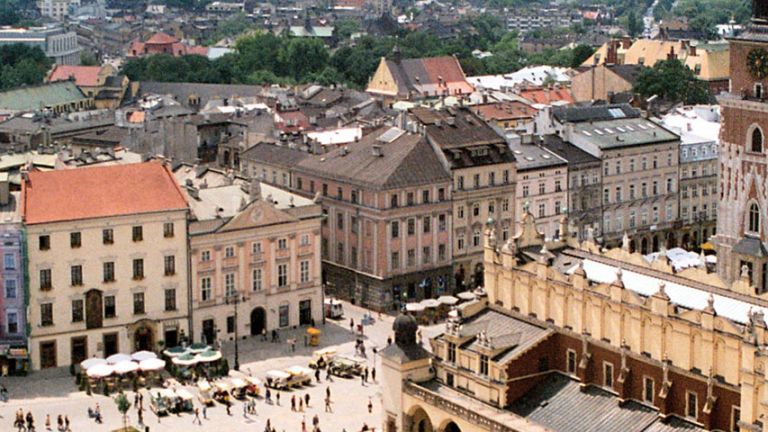Quick guide to Rome, Italy Currency: Euro
About
Rome, the Eternal City, is a place of abundant art, history, food and passion. It is the third most visited city in the European Union. Once the historical centre of the Roman Empire and now the capital of a united Italy, there is such an embarrassment of riches in this city that it’s impossible to be bored. Rome’s history spans two and half thousand years and it became an important focal point of culture during the Renaissance. The main monuments of antiquity in the centre of Rome now form part of a UNESCO World Heritage Site..
Weather
The Mediterranean climate Rome enjoys means that summers are hot and dry while winters tend to be cool and humid. The city can get blisteringly hot during July and August when temperatures average but often exceed 31 °C (88 °F). The coldest month is January, when temperatures average a mild 12 °C (54 °F) during the day and 3 °C (37 °F) overnight. Snowfall in large amounts is rare. Visit in late spring or early autumn for pleasantly warm temperatures and bright sunshine, although be aware that these are the busiest tourist seasons.

Getting Around
There are buses, trams and a metro system in Rome, although the metro service is limited to three lines. Single journey tickets, costing €1.50, apply to all forms of public transport and are valid for 100 minutes. Daily, three-day and weekly passes are also available. The main railway station in Rome, Termini, is one of the largest in Europe and a major hub in Italy. Walking is the best way to see the city so make like the Romans, for whom the passeggiata (evening stroll) along the Via del Corso is a daily ritual not to be missed.
Eating
The Campo de’ Fiori was once a place for public executions. These days is home to a bustling daily market famous throughout the city for its fresh, local produce. For dinner head to L’Antica Birreria Peroni, a buzzing bar and restaurant selling Peroni beers on draught alongside traditional Roman dishes. It opened in 1906 and retains the original art nouveau interior. It’s impossible to travel far in Rome without coming across a gelateria but Il Gelato di San Crispino makes some of the best. A wide range of flavours are available and a large tub costs around €4.50.
Nightlife
Across the River Tiber you’ll find the lively Trastavere neighbourhood. This area is full of bars, busy trattorias and nightclubs. A wander along the banks of the river, which is lined with fun fairs, pizza places and a multitude of outdoor bars selling craft beers and low cost Peroni, offers a whole night’s entertainment. Head back to the Camp de’ Fiori at night to see the square transformed into a giant and occasionally rowdy outdoor pub. For a more cultured evening, the Baths of Caracalla offer a spectacular location for open-air opera performances over the summer.
Sights
There is so much to see in Rome that the challenge is narrowing it down. The Colosseum, built 80 AD, and the Roman Forum offer a fascinating glimpse into life under the emperors. Take in seminal works by the great Renaissance masters at the Capitoline Museums. Soak up the ambience at the Spanish Steps and the Pantheon, a two thousand year old temple, and in the charming labyrinth of streets surrounding it. Don’t skip the Trevi Fountain as legend has it that throwing a coin over your shoulder into the water ensures you’ll return to Rome.
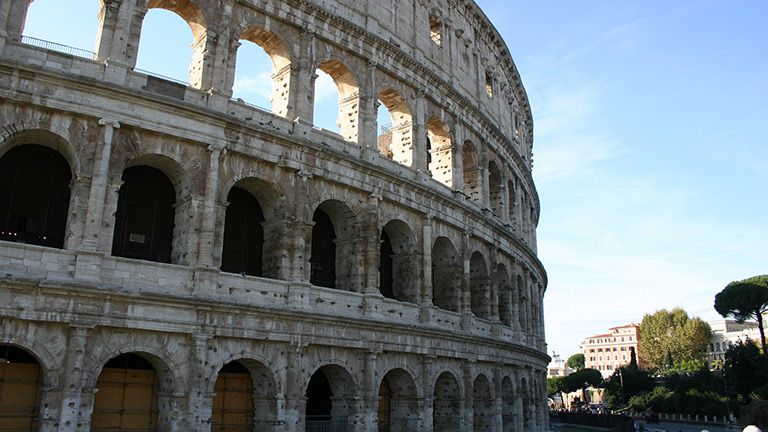
Art in Rome
Art is around every corner in Rome, whether displayed in museums, tucked away inside cool churches or out on the streets in the form of sculpture. Look out for Bernini’s Fountain of the Four Rivers, located in the supremely elegant Piazza Navona, and Andrea Pozzo’s painted optical illusion on the ceiling of Sant’Ignazio’s Church (a marble disk in the centre of the nave in marks the best spot to see it from). The Galleria Borghese, once Cardinal Borghese’s villa, is now home to the substantial haul of magnificent artworks he collected and is not to be missed.
The Vatican
No trip to Rome is complete without a visit to Vatican City, the smallest independent state in the world. Here you’ll find the most impressive Renaissance buildings in Europe and the holiest shrine in the Catholic religion. St Peter’s Basilica, built over the course 120 years and finally completed in 1626, is an architectural masterpiece containing artworks by Bernini and Michelangelo. The Sistine Chapel and Vatican Museums, which contain works of art gathered by Popes across the centuries, are also must-sees. Don’t forget to cover your shoulders, midriff and knees.
